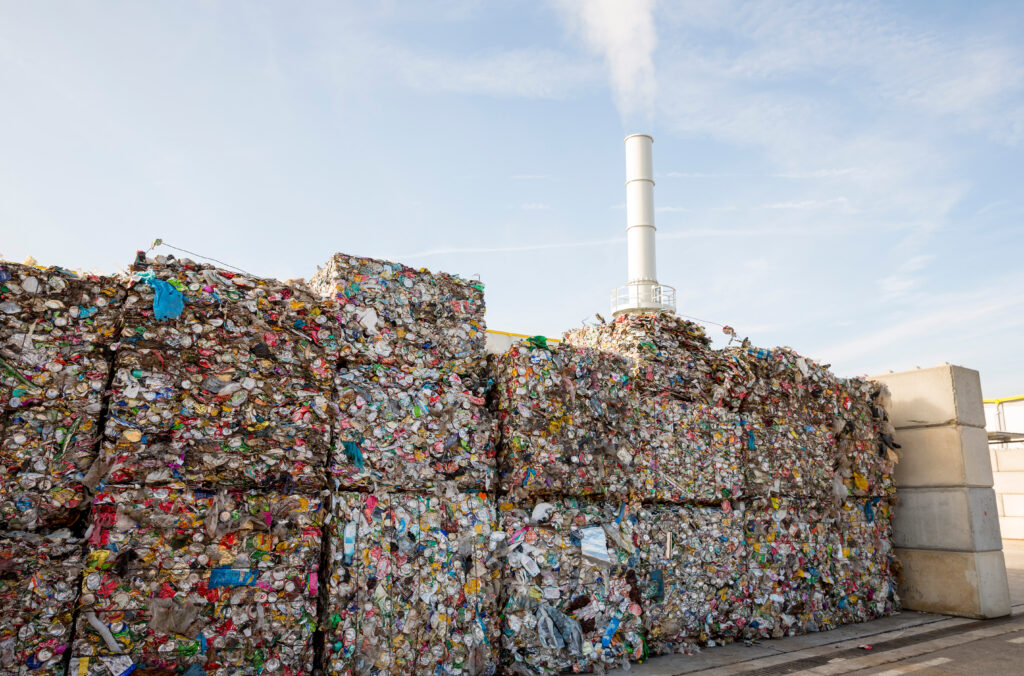The waste board includes Staffordshire county council and all the districts as well as Stoke-on-Trent city council. Together the councils on the board are developing a joint waste strategy.
It commissioned Urban Mines, environmental consultants, to look at the business case for concentrating the county's recycling activities into two parks, one in the south and one in the north. The report by Urban Mines found there was a business case for creating the parks on brownfield land as laid out in the county's draft municipal waste management strategy.
Ken Pearson, head of waste management service at Staffordshire county council, said: “It is more just a concept at the moment. As part of developing the waste strategy, we wanted to see whether it would be better having hundreds of little sites or having two major sites.”
The joint waste board has now recommended the report to the Northern and Southern Staffordshire Partnerships for them to consider the regeneration and funding issues raised by the report.
“The next stage is to see whether there are other funds available,” said Mr Pearson. He added that some of the funds may come from industry and perhaps government grants.
Business case
Urban Mines carried out the research project funded by Staffordshire Environmental through the Landfill Tax Credit Scheme.
The study found that there is enough industrial and municipal waste in the counties to support the two Sustainable Growth Parks which would concentrate on recycling, remanufacture and re-use.
The report estimated that the parks would redirect at least 400,000 tonnes a year from landfill and create more than 550 jobs on site and safeguard a further 1000. It added that the parks would “generate between 40m and 105m of net additional GDP for the county”.
The study has found 48 recycling and waste companies that would be interested in locating to the parks with formal registrations from 16 of these.
The report suggested that additional funding routes need to be considered for the parks. It said: “'B;road-brush' costings on the development of each site identify a capital funding gap of some 4 – 10m assuming significant private sector investment. For a wholly publicly funded venture, this gap is reduced but the initial funding requirement could be as much as 23m for the larger sites.”
It also estimated the environmental benefits at 57-66 million and said that 20,000 vehicle movements would be avoided via the proximity principle.











Subscribe for free